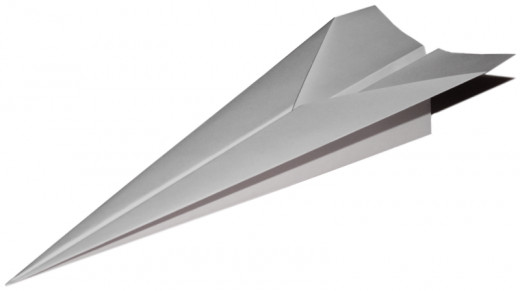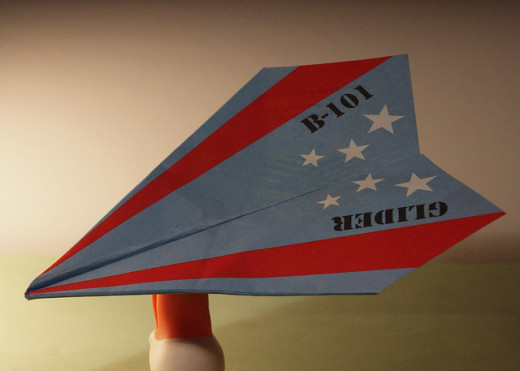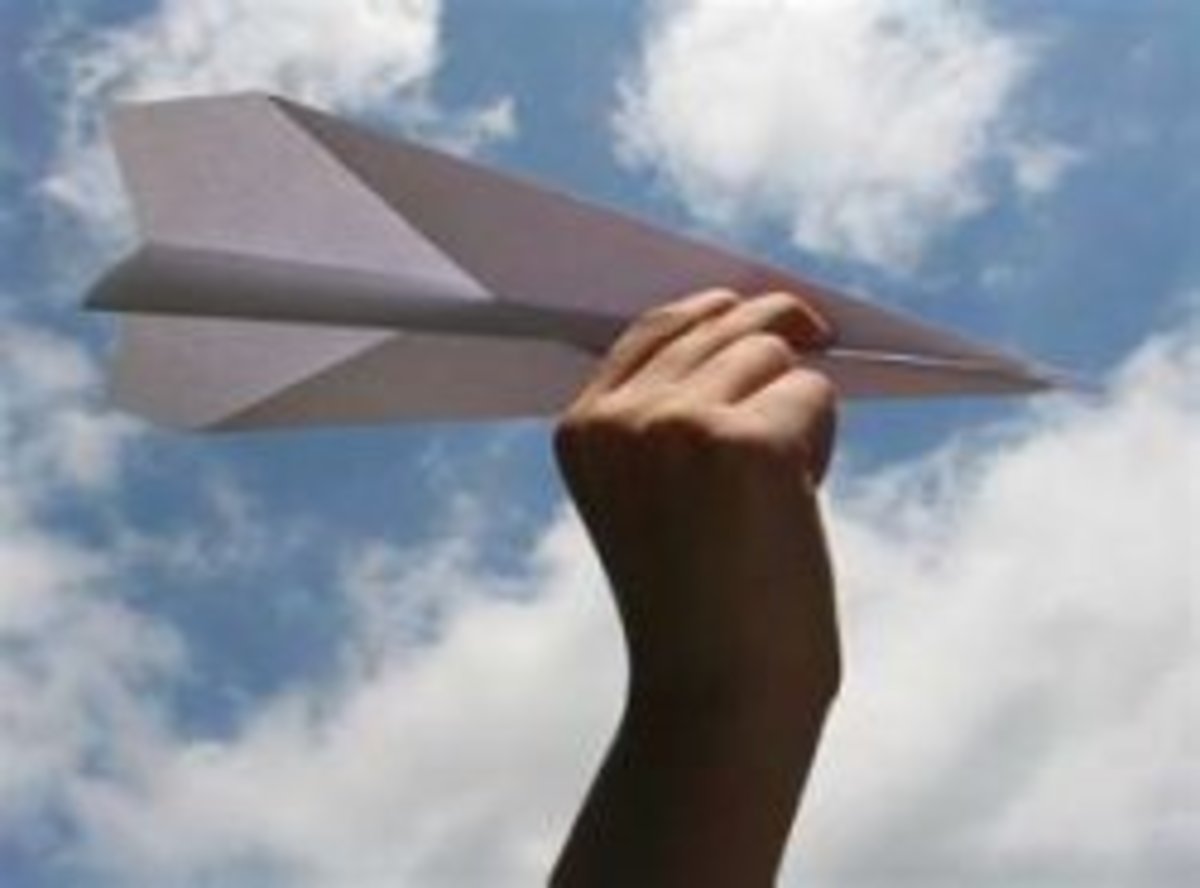How to Make a Paper Airplane Model?
How to Make a Paper Airplane Model
How to Make a Paper Airplane Model
Paper aeroplane, paper plane, paper airplane; those are all different names referring to a paper airplane model. These nifty toys were all made out of paper in a practice known as aerogami. Paper planes were the very inspiration of today’s modern flying airplanes. There are currently many versions of these simple flying paper planes ranging from the very simple to a very complex one to make.

Paper Airplane Models
Paper Airplane History in Brief
It is impossible to pinpoint a single year where paper airplanes were said to be created. It is also confusing to tell which country first created paper airplanes. These flying toys were created around 500 BCE (Before Common Era) and were made really popular around 460-390 BCE. Many historians believe that the craft and phenomenon of making paper airplanes started in Ancient China because of its massive production of papers. However, there were also proofs that paper airplane making took equal measure in Japan because origami (the art of paper folding) became popular at almost the same period as the paper manufacturing in Ancient China.
The gigantic airplanes of today took its inspiration from simple paper airplanes. Because of the popularity of paper airplanes, it became the dominant manmade object heavier than air for a thousand years. It was so popular that the greatest minds during those times, like Da Vinci, explored the characteristics of paper airplanes and conjured a building model of a real life plane. The most important application of paper planes was made by the Wright Brothers between the years 1899 and 1903. They built many paper plane models and tested them in their wind tunnel. Through this, the Wright Brothers discovered the technique on flying real airplanes. And thus, they became the first to fly a real life airplane.
Today’s versions of the traditional paper airplane are varied. People have been so creative and imaginative that a simple V-shaped paper airplane is not the only paper airplane variation anymore. Paper airplanes have evolved since the time of its conception. There are now many different forms and level of complexity when it comes to making them. There are also different airplanes based on the length that it can fly. From a simple fold, to a complex fold, to a round paper plane; you name it, the Internet have it. Now here are some paper airplane models and how to make them. All you have to do is to stack some A4 size papers and get ready to do some folds.
The Arrow (The Traditional Simple Airplane)
Instructions:
Step 1: Fold the A4 size paper in half lengthwise. Carefully crease the line where the fold is. Then, reopen it so you have a crease line separating the two lengthwise halves.
Step 2: Fold each corner of one end of the paper toward the center. Make sure that the edges of the folded part are even with the centreline crease.
Step 3: From the very tip of the point, fold the paper on each side so that the edges inside the paper line perfectly with the centreline crease.
Step 4: Turn the paper upside down and then fold it in half along the centreline crease.
Step 5: Fold each wing in a way that the line of the fold is running nearly parallel to the centreline crease of the paper airplane. This fold should at least be ½ inch away from the center. Then, test your airplane.

The Stealth
Instructions:
Step 1: Fold an A4 size paper in half lengthwise.
Step 2: Get a ruler. Start from the outside corner, then measure and mark the following: 1 and ½ inches along the side, 1 and ½ inches along the end, 3 and ½ inches along the other end. And then, between the 1 and ½ inch mark and the 3 and ½ inch mark, make another mark 1 inch up. After that, connect the dots and cut along the made lines. You should be able to cut 1 triangular piece and 1 half triangular piece.
Step 3: Open the paper airplane and put it down in a way that the crease in the centreline is holing down and not bulging up. Fold each corner of one end of the paper toward the center. Make sure that the edges of the folded part are even with the centreline crease.
Step 4: Fold the bottom line of the folded area so that you create a straight line across the paper. The tip of the folded part should be in line with the centreline crease.
Step 5: Fold the paper on each side so that the edges inside the paper line perfectly with the centreline crease.
Step 6: Turn the paper plane over upside down. Fold each wing in a way that the lines of the fold is running nearly parallel to the centreline crease of the paper airplane. This fold should at least be ½ inch away from the center. Then, test your airplane.

The Spinster (A T-shaped Paper Airplane)
Instructions:
Step 1: Use a ruler to make a piece of paper every two inches and then cut it to make 5 two-inch strips of paper and 1 one-inch strip of paper.
Step 2: With a 2 inch strip of paper, get a scissor and cut a 2 and ½ inch strip down the center of one end.
Step 3: Cut a diagonal line about ½ inches on either side of the paper beginning where the first cut stops. Cut the diagonal toward the inside of the paper.
Step 4: Fold the diagonal strips towards the bottom of the paper. Fold the bottom part of the paper where there is no cut towards the center. Fold the very bottom of the paper about 1 inch back up and tape it in place.
Step 5: Fold the wings down in a way that they are parallel to ground. Then, test your plane.
Paper airplanes have come a long way both in design and aerodynamics. But then, one fact remains. Paper airplanes will forever be a simple toy that humans use to enjoy.
Origami: Warplane Model
My Other Related Hubs
- How To Build A Toy Train Table
It was not long ago since the toy railroad normally was built on the carpet or floor. In many aspects the train table is more convenient for children as well as for their parents. One of the key benefits of... - How to Make a Model Airplane
If you would like to know how to make a model airplane yourself the article is just for you. Here you will find interesting and useful information about toy airplanes as well as by-step construction...







